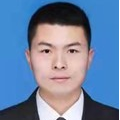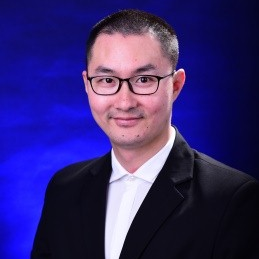Metal-Based Microwave Absorbing Materials
A special issue of Metals (ISSN 2075-4701). This special issue belongs to the section "Entropic Alloys and Meta-Metals".
Deadline for manuscript submissions: closed (31 December 2022) | Viewed by 1907
Special Issue Editors
Interests: solidification of alloys under electromagnetic field; microwave-absorbing materials; oxides
Interests: metal oxide; semiconductors; photodetectors
Interests: microwave-absorbing materials; oxides; nanomaterial synthesis
Special Issues, Collections and Topics in MDPI journals
Special Issue Information
Dear Colleagues,
It is well known that the key factors determining the microwave dissipation performance of absorbing materials are their dielectric or magnetic loss capability. Over the years, many microwave-absorbing materials with various compositions have been prepared. Among them, metal-based materials, including magnetic metals, alloys, metal oxide/sulfide/phosphate, etc., are the most widely studied due to their excellent synergistic effect of dielectric/magnetic loss.
This Special Issue, titled “Metal-Based Microwave-Absorbing Materials”, will present advanced and innovative metal-based absorbers, covering the diversity and development trends of modern absorbing materials. The submitted papers should propose the attenuation mechanisms, merits and potential applications of metal-based materials. In this way, we can build a forum for experts in this field to discuss the future development trend of metal-based microwave-absorbing materials.
We look forward to publishing relevant and original high-quality research papers, and potential topical areas include, but are not limited to:
- Carbon/metal composites;
- Polymer/metal composites;
- Ceramic/metal composites;
- Metal–organic frameworks;
- Alloy compounds;
- Metal oxide/sulfide/phosphate composites;
- Metal-based materials with distinct microstructures.
Dr. Limin Zhang
Dr. Hao Shen
Dr. Hongjing Wu
Guest Editors
Manuscript Submission Information
Manuscripts should be submitted online at www.mdpi.com by registering and logging in to this website. Once you are registered, click here to go to the submission form. Manuscripts can be submitted until the deadline. All submissions that pass pre-check are peer-reviewed. Accepted papers will be published continuously in the journal (as soon as accepted) and will be listed together on the special issue website. Research articles, review articles as well as short communications are invited. For planned papers, a title and short abstract (about 100 words) can be sent to the Editorial Office for announcement on this website.
Submitted manuscripts should not have been published previously, nor be under consideration for publication elsewhere (except conference proceedings papers). All manuscripts are thoroughly refereed through a single-blind peer-review process. A guide for authors and other relevant information for submission of manuscripts is available on the Instructions for Authors page. Metals is an international peer-reviewed open access monthly journal published by MDPI.
Please visit the Instructions for Authors page before submitting a manuscript. The Article Processing Charge (APC) for publication in this open access journal is 2600 CHF (Swiss Francs). Submitted papers should be well formatted and use good English. Authors may use MDPI's English editing service prior to publication or during author revisions.
Keywords
- magnetic metal
- microstructure
- magnetic loss
- exchange resonance
- natural resonance
- eddy current
- microwave absorption







